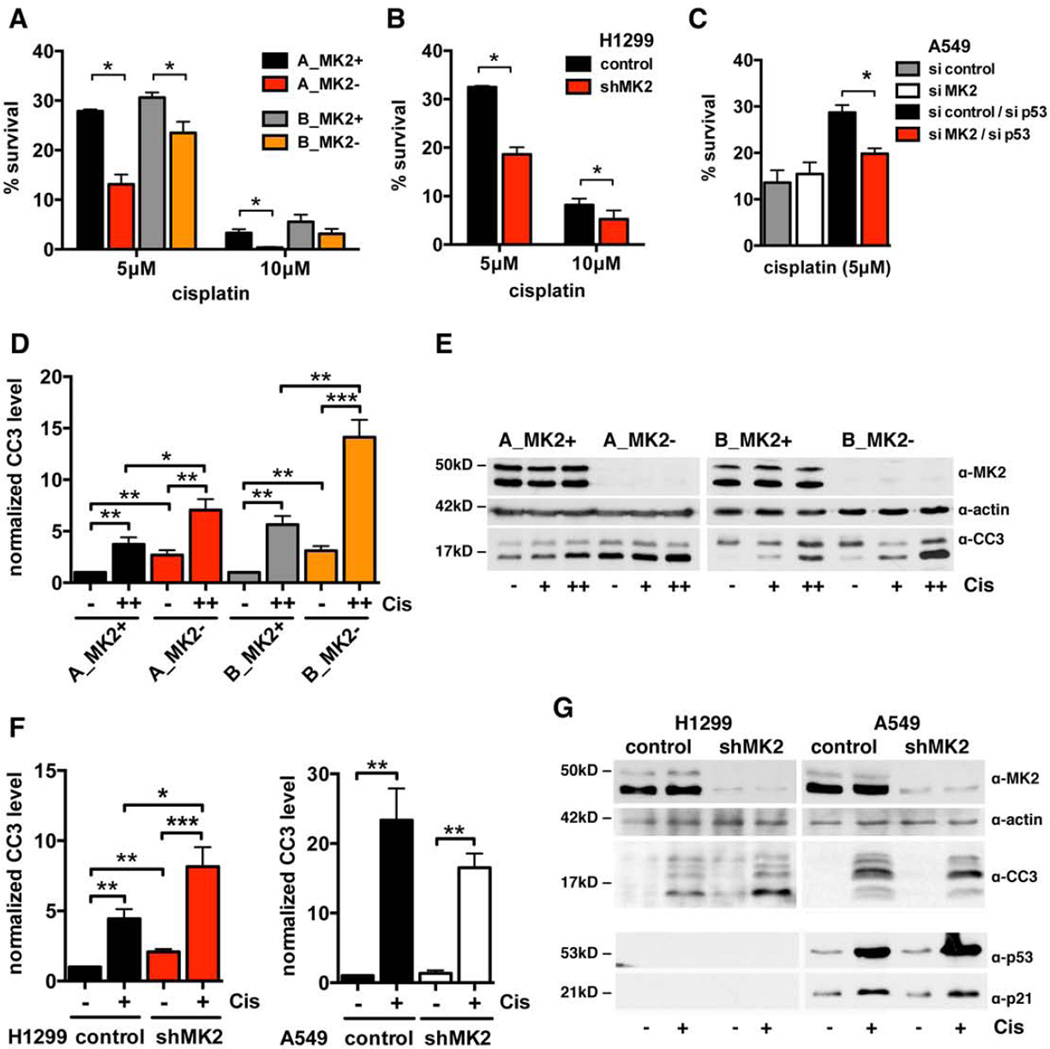Figure 4. Loss of MK2 results in increased chemo-sensitivity in p53-deficient tumor cells in vitro.
(A) Quantification of clonogenic survival assays for isogenic MK2+ and MK2− murine NSCLC cell line pairs A and B, treated with vehicle, 5µM or 10µM cisplatin. Assays were performed in triplicate for each condition and normalized to control-treated cells. (A–C): n = 3 independent experiments, *: p<0.05, error bars = SEM.
(B,C) Quantification of clonogenic survival assays for H1299 cells (B) stably expressing a control hairpin or hairpin against MK2 and for A549 cells (C) with and without siRNA against MK2 in combination with or without siRNA against p53.
(D) Quantification of Western blots for Cleaved Caspase 3 (CC3) levels in isogenic MK2+ and MK2− murine NSCLC cell line pairs A and B. Cells were treated with vehicle or cisplatin (+: 5µM, ++ 10µM) for 24h. (D–F): n = 5 independent experiments, A549: n = 3, *: p<0.05, **: p<0.09 ***: p<0.0008, error bars = SEM. CC3 levels were normalized to vehicle-treated MK2+ cells.
(E) Representative Western Blots for CC3 and MK2 levels in murine NSCLC cell lines after cisplatin treatment. β-actin is a loading control.
(F) Quantification of Western blots for CC3 in human NSCLC cell lines H1299 and A549 stably expressing a control hairpin or hairpin against MK2. Cells were treated with cisplatin (+: 10µM) or vehicle for 24h.
(G) Representative Western Blot for CC3 and MK2 levels in human NSCLC cell lines in response to cisplatin treatment. The induction of p53 and p21 in A549 cells in response to cisplatin is shown.

